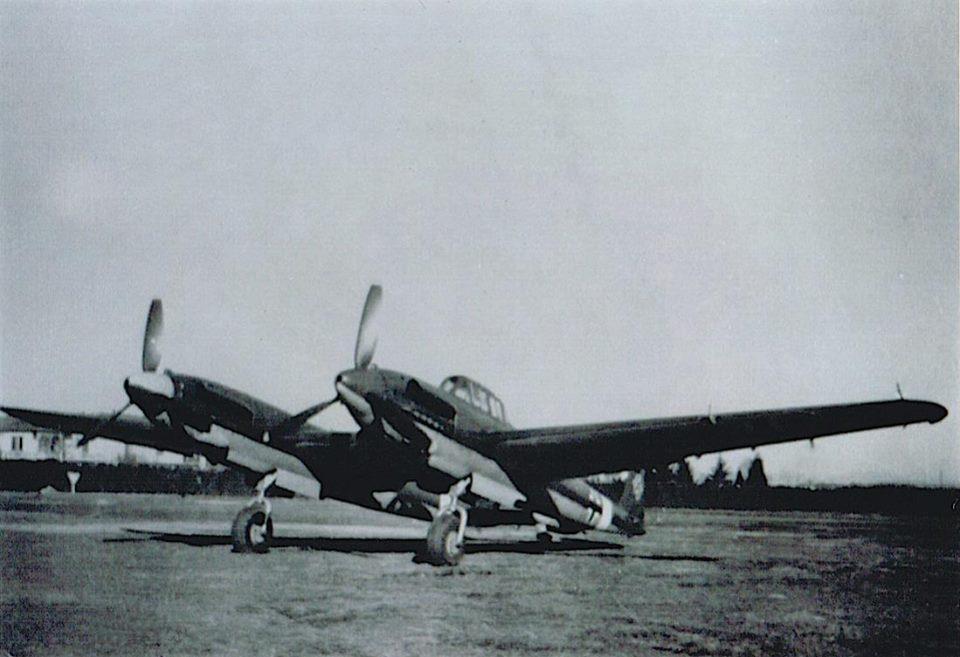
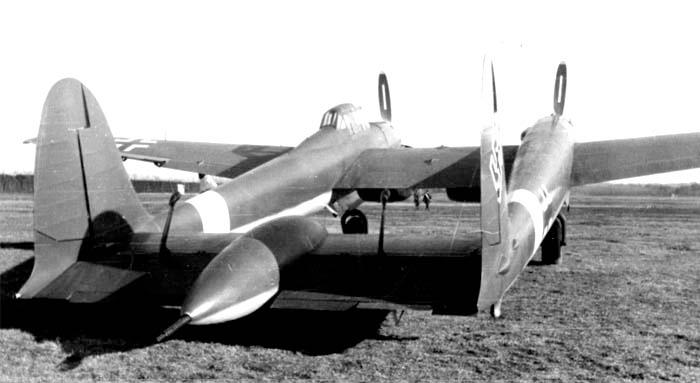
While the SM.91 was being tested, the design team led by Alessandro Marchetti began developing an improved two-boom fighter. To achieve an increase in speed indicators, it was necessary to reduce aerodynamic drag and reduce the weight of the aircraft. This is how the idea appeared to completely abandon the gondola, which housed the pilot and weapons. Instead, the cockpit was moved to the left beam, and the weapons were left in the center section. In addition, a fairing was installed in the tail section for a remotely controlled 12.7-mm machine gun, providing shelling of the rear hemisphere. Otherwise, the design of the SM.92 fighter practically did not differ from the SM.91.
The construction of the aircraft took place in unfavorable conditions, when the defeat of Italy in the war left almost no doubt. After the partition of the country, the prototype SM.91 and the unfinished SM.92 passed into the hands of the Germans. Formally, the SM.92 seemed to belong to the Italians (they even managed to assign it the number MM.531), but in fact everything was run by the German administration, hoping to organize the production of promising Italian fighters in their own interests.
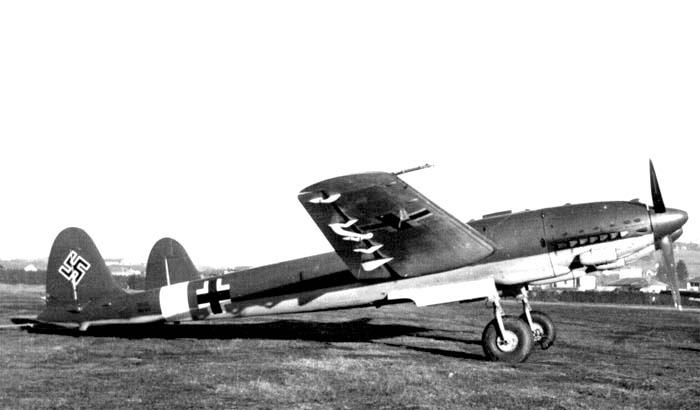
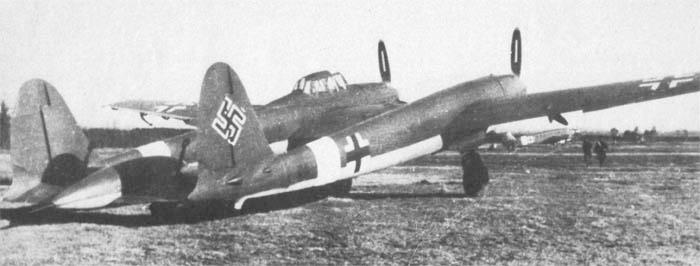
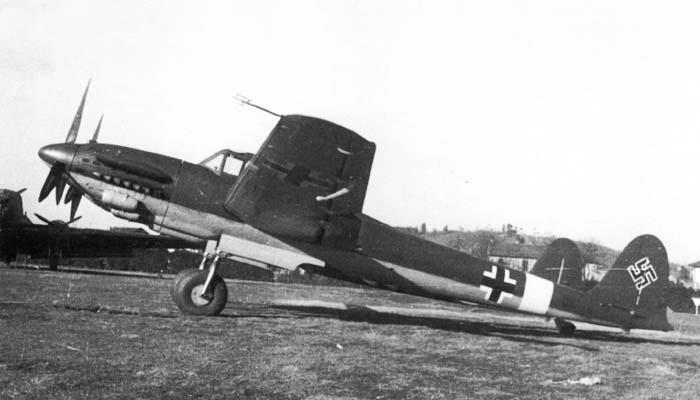

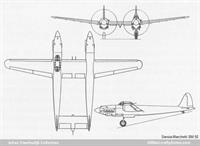
| Type |
2-seat heavy fighter (pilot and rear gunner) |
| Engine |
2 Daimler-Benz DB 605A-1 with 3-bladed constant speed propellers |
| Dimensions |
Length 13,7 m, height 4,15 m, span 18,55 m, wing area 38,52 m2 |
| Weights |
Empty 5900 kg, loaded 8750 kg |
| Performance |
Max. speed 615 km/h at 6700 m, cruising speed 539 km/h, range 2000 km, service ceiling 120000 m, climb to 6000 m 7 min. 10 sec. |
| Armament |
3 20 mm MG 151 cannons, 5 12,7 mm Breda-SAFAT machine guns, up to 2000 kg bombload |
| Type |
Werk.Nr |
Registration |
History |
|
|
MM.531 |
First flight on November 12, 1943.On trials, the SM.92 reached a speed of 600 km / h and showed a better rate of climb compared to the SM.91. By March 17, 1944, the fighter managed to fly 15 hours, when in the next flight it collided with a nearby MC.205. One of the engines was severely damaged from the impact, but the pilot managed to reach the airfield and land. The aircraft was sent for repairs, which lasted until June 1944, after which the SM.92 made several more test flights lasting approximately 6 hours.
The SM.92's short life ended on December 27, 1944, when the only prototype fighter was destroyed in an American bombing raid. |






